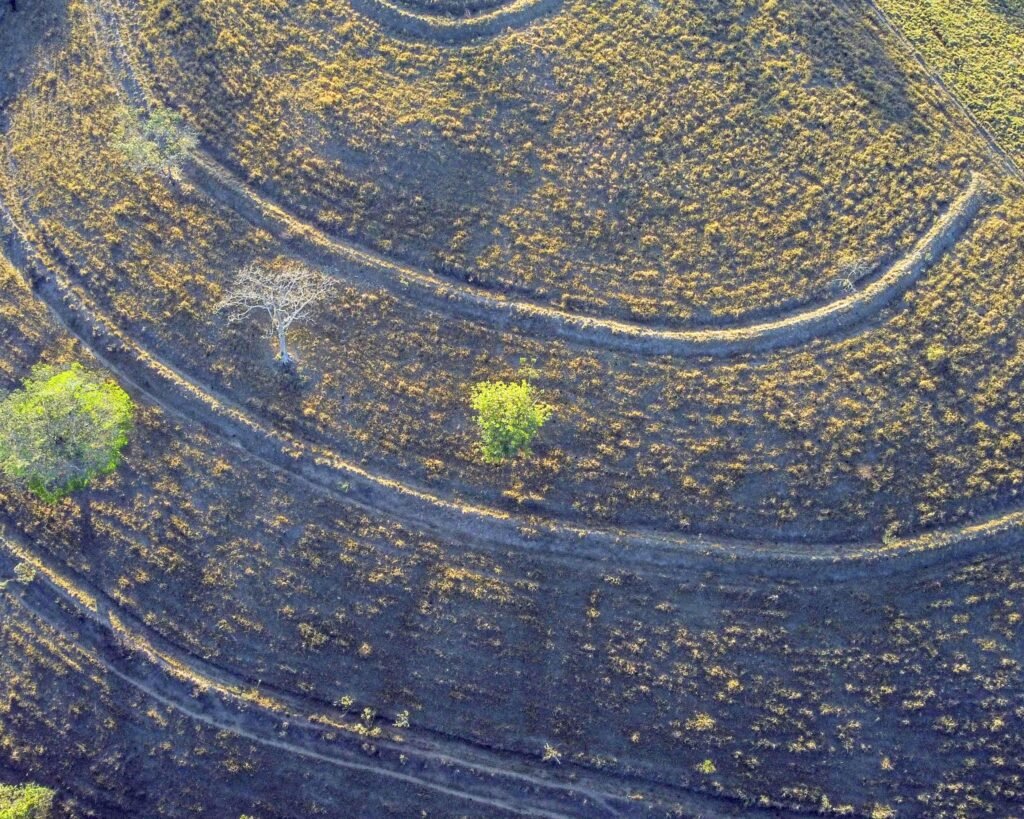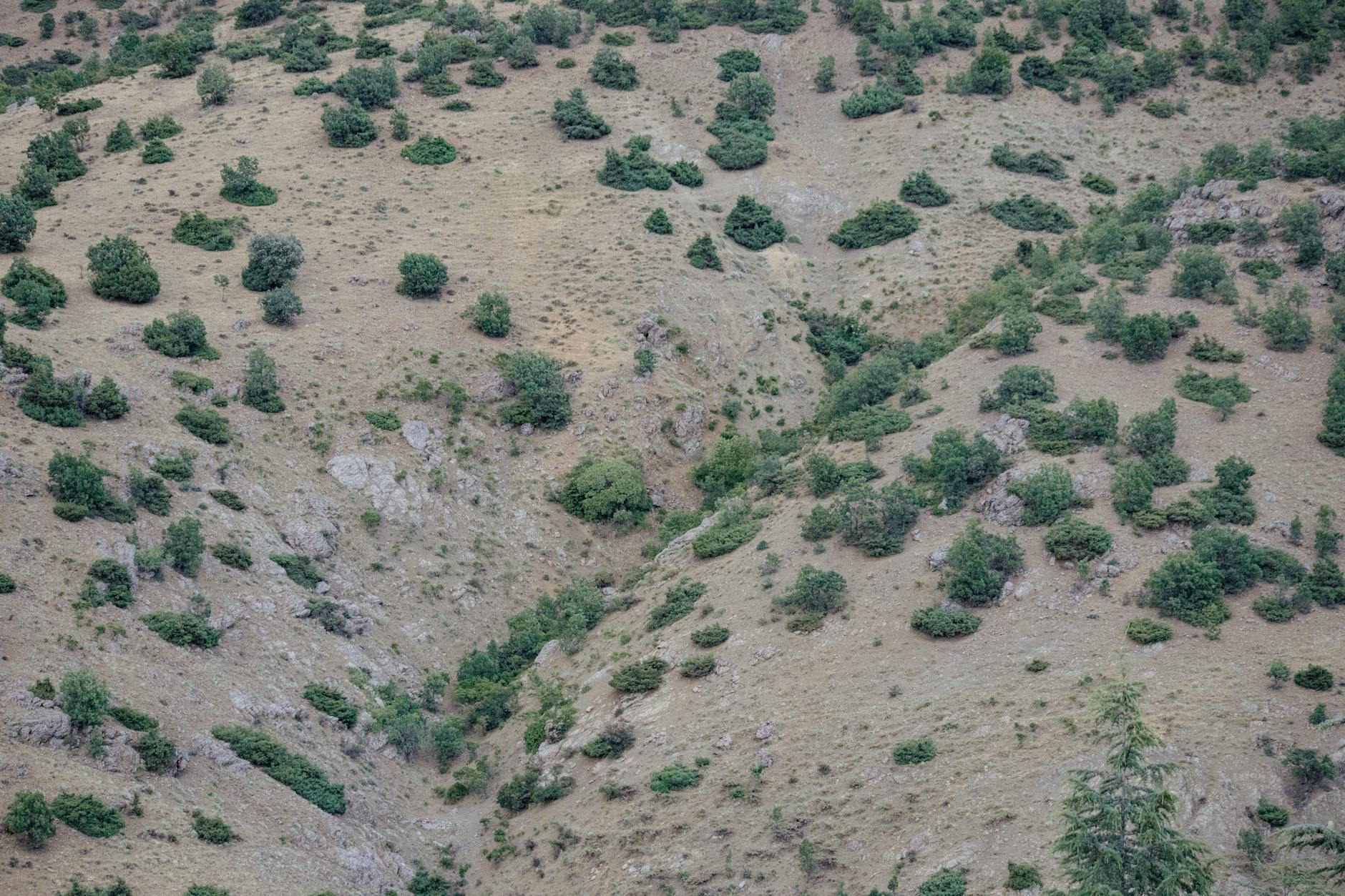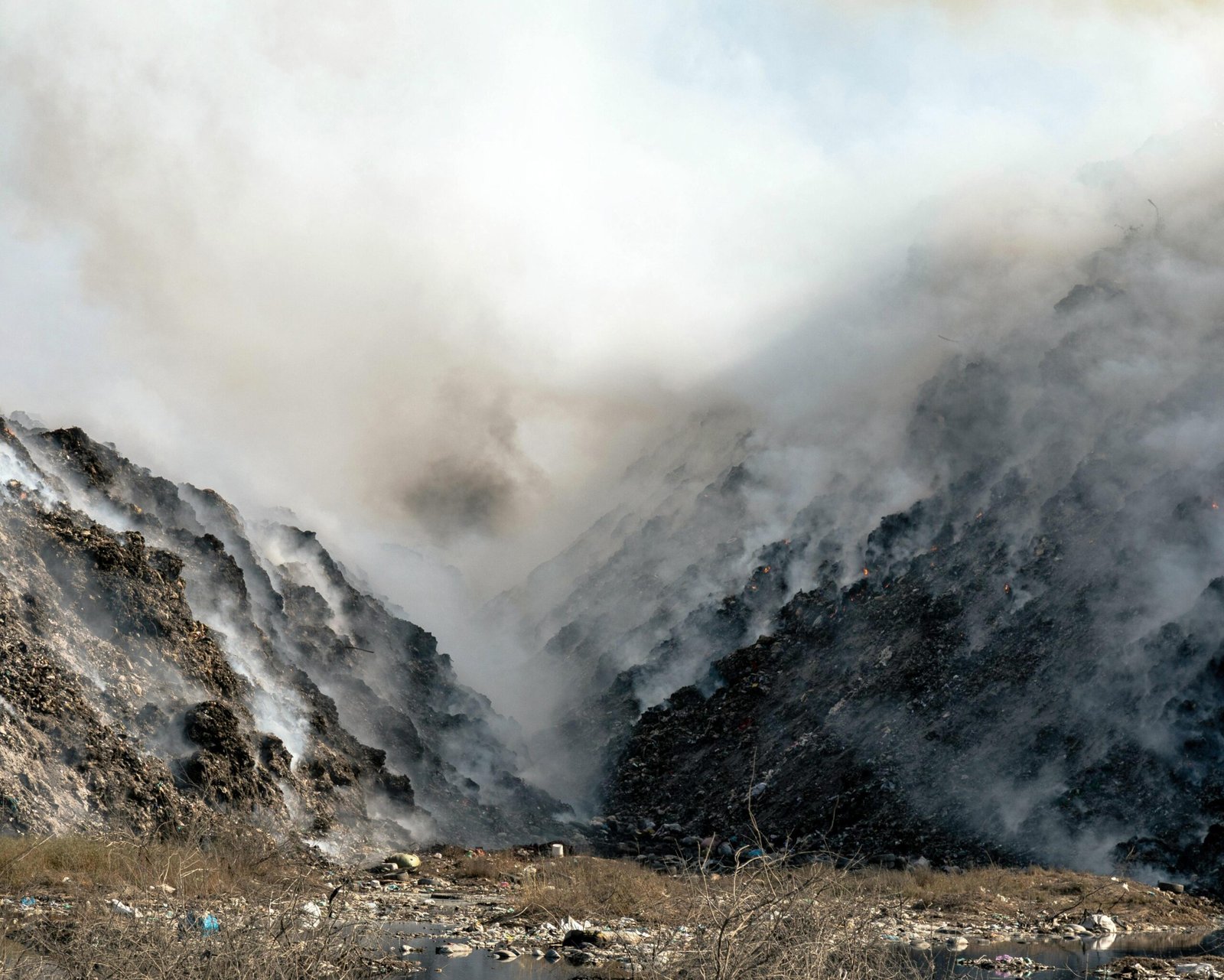Strong Effects of Climate Change on Human Health
November 16, 2024 | by gohar.ayub714@gmail.com


Let’s imagine that someday, as soon as we wake up in the morning. We hear in the news that a very heavy heatwave has hit the world due to climate change. Many diseases are occurring due to the heat wave and these diseases have spread rapidly.
However, we are also seeing such diseases that we have never seen before in our lifetime. nonetheless, the interesting thing is that this is not a prediction of the future; all this is happening right now. Do you feel that climate change is only about melting ice caps and rising sea levels? You find it completely wrong because it has now become a serious threat to our health and how dangerous it can be for life or for our and other living things. Many people like you have still not understood this.
From the surge in respiratory illnesses to the emergence of diseases in previously unaffected regions, the health implications of our changing climate are both serious and far-reaching. In addition Between 2030 and 2050, a projected additional 250000 deaths per year are likely to occur as a result of climate change due to malnutrition, malaria, diarrhea and heat stress alone (World Health Organisation WHO).
In this ultimate guide, we explore six most important ways climate change is affecting human health — from direct physical effects to indirect mental health impacts. We will also consider implications for vulnerable populations and our healthcare systems so you can see what’s on the line-is it worth acting quickly? 🏥

Direct Physical Health Impacts
Heat-related Illnesses and Mortality
Increase in heat-related Illnesses and deaths Global warming is causing more frequent and powerful waves of heat that are resulting in : Heat exhaustion and stroke, Heart complications
- Dehydration-related conditions
- Increased mortality rates among elderly
Respiratory Diseases from Air Pollution
Climate change intensifies air quality issues through:
- Higher ground-level ozone concentrations
- Increased pollen production
- Extended allergy seasons
- Amplified particulate matter from wildfires
| Air Pollutant | Health Impact | Risk Level |
|---|---|---|
| Ground Ozone | Asthma attacks | High |
| PM2.5 | Lung inflammation | Severe |
| Pollen | Allergic reactions | Moderate |
| Smoke | COPD exacerbation | High |
Injuries from Extreme Weather Events
Climate-driven disasters cause:
- Traumatic injuries from floods
- Burns from wildfires
- Impact wounds from storm debris
- Drowning risks in flash floods
UV Radiation Exposure Risks
Atmospheric changes affect UV exposure through:
- Ozone layer depletion
- Increased skin cancer risk
- Higher incidence of cataracts
- Compromised immune system function
Despite these physical health impacts, they are directly linked to climate change patterns and represent immediate threats to public health. The increasing frequency and intensity of these effects strain healthcare resources and affect quality of life. In addition Understanding vector-borne diseases becomes crucial as these climate changes create new transmission patterns.

Vector-Borne Disease Spread
Expansion of Mosquito Habitats
Climate change has dramatically altered the geographical range of disease-carrying mosquitoes. The Geographic Expansion of Mosquito Habitats Climate change changed the range. However, in space and time, mosquitoes that carry diseases can survive.
The increase in rainfall and warmer temperatures provide excellent breeding conditions, letting mosquitoes exist among the formerly uninhabitable lands. In short, Aedes aegypti and Anopheles are present at greater altitude and latitude than ever before.
Key mosquito habitat changes:
- Extended breeding seasons in temperate regions
- New territorial expansion into urban areas
- Increased survival rates during mild winters
- Faster reproduction cycles in warmer conditions
Increase in Tick-Borne Diseases
The changing climate has had a direct effect on ticks and the diseases associated with them. For the issues surrounding tick-borne diseases, here’s how climate change comes into play
| Disease | Climate Impact | Geographic Trend |
|---|---|---|
| Lyme Disease | Extended active season | Northward expansion |
| Rocky Mountain Spotted Fever | Increased tick survival | Spreading to new regions |
| Babesiosis | Higher reproduction rates | Emerging in new areas |
New Disease Patterns Emergence
Climate change is creating unprecedented disease patterns as vectors adapt to new environments. Previously, regional diseases are becoming global concerns as environmental conditions shift. Scientists have observed:
- Novel virus-vector relationships
- Changed transmission seasons
- Accelerated pathogen development
- Unexpected outbreak patterns in new locations
With these shifting patterns affecting human health worldwide, Similarly, understanding the impact on food and water security becomes crucial for developing comprehensive public health strategies.

Food and Water Security
Impacts of Climate Change on Crop Yield Reduction and Nutrition Deficits
Introduction
The productivity of agriculture is influenced adversely by climate change, adversely affecting crops and nutrition (Wakhund et al.). In contrast, staple crop production across the globe is affected directly by increasing temperatures and anomalous rainfall patterns.
| Crop Type | Estimated Yield Reduction | Primary Nutritional Impact |
|---|---|---|
| Rice | 10-15% | Carbohydrates, B vitamins |
| Wheat | 20-25% | Protein, fiber |
| Corn | 15-20% | Essential minerals |
| Legumes | 25-30% | Protein, iron |
Water Contamination Risks
Extreme weather events increase water contamination through:
- Flooding of sewage systems
- Agricultural runoff
- Salt water intrusion in coastal areas
- Industrial waste displacement
Food-borne Diseases Increase
Higher temperatures accelerate bacterial growth in food, leading to:
- Increased Salmonella outbreaks
- Greater risk of E. coli contamination
- Extended bacterial survival in produce
- Faster food spoilage rates
Drinking Water Scarcity Effects
Water scarcity affects over 40% of the global population, with climate change exacerbating:
- Groundwater depletion
- Reduced snowpack for freshwater sources
- Increased drought frequency
- Competition for limited water resources
These combined factors create a complex challenge for public health systems. Rising temperatures continue to threaten both food production capabilities and water safety, leading to increased malnutrition and waterborne illnesses. Next, we’ll explore how these environmental changes specifically impact mental health and psychological well-being.

Mental Health Consequences
Climate Anxiety and Eco-stress
The psychological burden of climate change has given rise to “eco-anxiety,” a chronic fear of environmental doom. subsequently, this manifests through:
- Persistent worry about future environmental disasters
- Feelings of helplessness about climate change
- Sleep disturbances and concentration problems
- Physical symptoms like headaches and nausea
Post-disaster Trauma
Natural disasters linked to climate change often result in severe psychological trauma.
| Trauma Type | Common Symptoms | Recovery Timeline |
|---|---|---|
| Acute Stress | Shock, denial, confusion | Days to weeks |
| PTSD | Flashbacks, avoidance, hypervigilance | Months to years |
| Depression | Isolation, hopelessness, guilt | Variable |
Community Displacement Impact
When communities face climate-forced relocation, they experience:
- Loss of cultural identity and social connections
- Disrupted family structures
- Economic instability and uncertainty
- Challenges adapting to new environments
- Increased rates of substance abuse and depression
Recent studies show that displaced communities experience mental health issues at rates 3-5 times higher than the general population. Children and elderly members are particularly vulnerable to these psychological effects, often requiring long-term mental health support.
In addition With mental health emerging as a critical concern in climate change discussions, understanding these impacts is crucial for developing effective healthcare responses. Now, let’s examine how specific population groups face unique vulnerabilities to these climate-related challenges.

Vulnerable Population Groups
Elderly Health Risks
Older people face increased vulnerability to the impacts of climate change due to reduced mobility and pre-existing health problems.
During hot weather, seniors are 2-3 times more likely to develop heat-related illnesses compared to younger adults.
Children’s Developmental Concerns
Children are particularly susceptible to climate change effects due to their developing immune systems and higher exposure rates. Despite their faster breathing rate, outdoor activity levels increase their exposure to air pollutants.
Chronic Illness Patients
People with pre-existing conditions face amplified health risks.
- Respiratory patients experience worsening symptoms during extreme weather
- Cardiovascular disease patients show increased hospitalization rates
- Diabetic patients face challenges maintaining medication storage in extreme temperatures
Low-income Communities Exposure
Socioeconomic factors significantly influence climate change vulnerability:
| Risk Factor | Impact on Low-income Communities |
|---|---|
| Housing Quality | Less access to cooling/heating |
| Location | Often in flood-prone or urban heat islands |
| Healthcare Access | Limited resources for preventive care |
| Work Conditions | Higher exposure to outdoor elements |
These communities often lack resources for climate adaptation measures, creating a cycle of increased health risks. Limited access to air conditioning and proper insulation. Furthermore, preventive healthcare services compound their vulnerability to extreme weather events.
Similarly With these vulnerable groups in mind, it’s crucial to understand how healthcare systems are adapting to meet these growing challenges.

Healthcare System Impacts
Emergency Service Strain
Climate-related disasters put unprecedented pressure on emergency medical services. During extreme weather events, hospitals face:
- Surge capacity challenges
- Staff shortage due to transportation disruptions
- Multiple casualty incidents
- Communication system failures
Infrastructure Resilience
Healthcare facilities must adapt to climate threats through:
| Resilience Measure | Purpose | Implementation Priority |
|---|---|---|
| Backup Power Systems | Maintain critical operations | High |
| Flood Protection | Prevent facility damage | High |
| HVAC Upgrades | Handle extreme temperatures | Medium |
| Relocated Critical Services | Avoid flood-prone areas | Medium |
Medical Supply Disruptions
Climate events significantly impact medical supply chains.
- Extreme weather disrupts transportation routes
- Power outages affect medication storage
- Manufacturing facilities face operational risks
- Limited access to critical supplies during disasters
Healthcare facilities are implementing inventory management systems and establishing regional supply networks to minimize disruptions. For instance, many hospitals now maintain larger emergency stockpiles and develop alternate supplier relationships.
As weather patterns become more extreme, healthcare systems must evolve their emergency preparedness strategies. These adaptations require significant investment in both infrastructure and training.

Climate change, which is widely pervasive and dangerous to human health, is something that can no longer be neglected and we should take measures. On the other hand, it touches every part of life, from heat-related diseases and infections to food and water security to damage in the mental health area. The most susceptible groups of people in such cases include children, the elderly, and the underprivileged communities, who are at a significantly higher risk of these health issues.
It is time to act now! Embarking on the journey of technology, production, consumption, living, and our economy, which allow the sustainable use of the planet’s resources. Consequently, it protects the ecology and brings about biological diversity. Besides, we can get the requisite change by picking only eco-friendly products. Each of us has a role to play not only to ensure the environment’s safety but also to ensure the well-being and health of the current and forthcoming generations.
for more blog visits, click here
https://strngerenvironment.com/environmental-science-and-climate-change-finding-sustainability/
RELATED POSTS
View all



